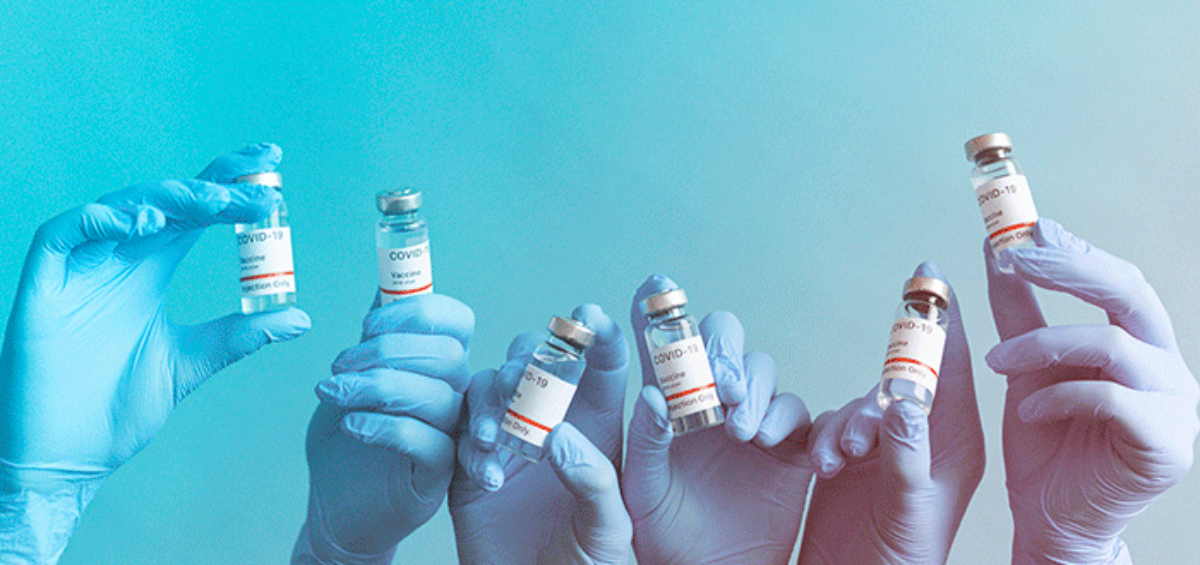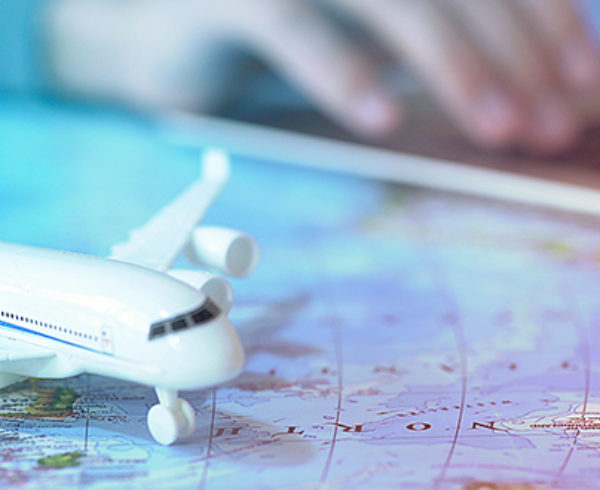Everything you need to know to answer the question: How does the vaccine work? Plus historical information on vaccines and how they’ve impacted society.
The news was met with relief by many and skepticism by some: In late 2020, vaccinations for COVID-19 finally became available. The speed at which a vaccine was developed left many with questions like: How does a vaccine work? How is a vaccine developed? And, are vaccines safe?
First and foremost, know that vaccines are perfectly safe. In fact, they have repeatedly inoculated people against vicious viruses and diseases throughout history around the world. To help you better understand how viruses work, here’s a brief history of vaccines, information on the COVID-19 vaccinations, as well as details on how vaccines are developed.

A History of Vaccines
Historians can find traces of vaccinations and vaccination attempts around the world throughout the centuries. But the modern history of vaccines really starts with French biologist Louis Pasteur, who successfully created an anthrax vaccine in 1881 and a rabies vaccine in 1885.
In the 20th century, scientists built upon Pasteur’s work by creating vaccines for whooping cough, diphtheria and tetanus. In the early 20th century, polio ravaged communities. In the late 1940s, polio disabled an average of 35,000 Americans each year. That’s what made Jonas Salk’s polio vaccine such a miracle when he finalized and shared it in 1955. Since 1979, there’s been not a single case of polio in the United States.
Vaccinations for the measles, mumps, rubella, hepatitis B, chicken pox and hepatitis A all became available in the late 1900s and early 2000s. By 1977, the smallpox vaccine was no longer recommended because smallpox had been eradicated altogether. The same thing happened to polio in 2000 — the vaccine was no longer recommended because polio was no longer a problem.

The COVID-19 Vaccine and How It Works
There are 3 types of COVID-19 vaccinations approved and available in the United States. You likely know them by their manufacturers’ names: Pfizer, Moderna and Johnson & Johnson. None of these vaccines can give you COVID-19. Here are the 2 different types of vaccines for COVID-19 and how they work:
- mRNA: mRNA vaccines contain little bits of the virus that cause one to get COVID-19. The little bits give our bodies instructions for how to create protein that kills the virus. Pfizer and Moderna offer mRNA vaccines for COVID-19.
- Vector: Vector vaccines contain a slightly modified version of the virus, which teaches our bodies how to kill the real virus if and when we get it. Johnson & Johnson offers a vector vaccine for COVID-19.
Are Vaccinations Safe?
Before we had access to vaccines, illnesses of all kinds could kill or harm people by the thousands. Look no further than the 35,000 disabled by polio per year prior to the vaccine. In 1949, smallpox killed more than 600,000 people around the world — before it was fully eradicated in the 1970s.
But how do we know vaccines are safe? Because they all go through a rigorous trial and testing process before earning approval. That process goes as follows:
- Discovery: During this initial phase, scientists spend time studying the virus and identifying possible ways to structure a vaccine.
- Pre-Clinical Testing: Scientists test the vaccine in laboratories using animals (and analyzing safety) before moving to tests on humans.
- Clinical Trials: There are actually 3 phases to clinical trials. During the first phase, less than 100 people will test the vaccine. In the second phase, a few hundred people will test the vaccine while scientists monitor for side effects and general safety. In the third and final phase, thousands of volunteers will test the vaccine.
- FDA Review: The U.S. Food and Drug Administration carefully reviews all clinical trial materials before providing approval.
- Manufacturing: When a vaccine is urgently needed (as with COVID-19), manufacturing begins in parallel with either clinical trials or FDA review. Then, once approved, vaccines are immediately ready for distribution.
- Monitoring: Even after the manufacturing and distribution of vaccines, safety monitoring continues.
Why was the COVID-19 vaccine made available so quickly? Scientists began working on a vaccine almost as soon as COVID-19 started spreading around the world. Each stage of a clinical trial takes several months, which is why a vaccine wasn’t made available until late in 2020 — a full year after COVID-19 started making headlines. The process followed by Pfizer, Moderna and Johnson & Johnson is the same one followed by all other vaccine developers. It was accelerated as much as was safely possible because of the urgent nature of COVID-19, but no steps were skipped.

Vaccination and Testing Requirements for Travel
Where can you travel in the world right now? The requirements for different countries are always changing, which makes finding an authoritative answer to that question difficult. But there are resources available to help you better understand vaccination and testing requirements for travel.
Sherpa, a travel technology available through JTB Business Travel, provides assistance for understanding vaccination and testing requirements before you visit foreign countries. Similarly, United offers an interactive map that passengers can use to understand travel restrictions and what’s required to visit certain places.
Travel Safely and Confidently
Where does your company need to travel in the world? Because it’s hard to keep up with travel restrictions, visa requirements and other needs in a post-COVID-19 world, JTB Business Travel keeps up with them for you. As your travel management company, we help you reduce spend while creating comfortable, productive itineraries for your Travelers. We also help you travel safely and confidently — anywhere you need to go.
Contact us to learn more about what we can offer as your TMC.














Leave a Comment